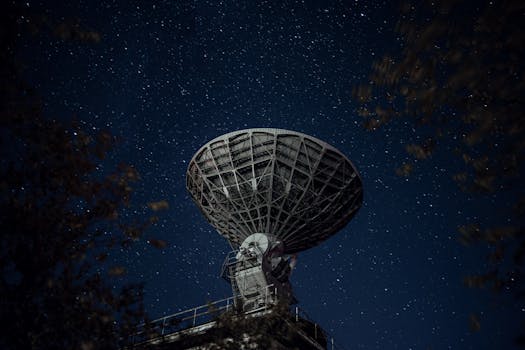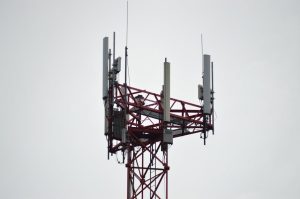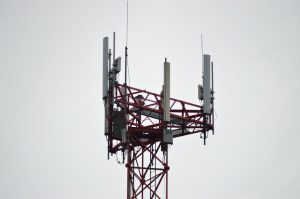MEO Satellites: Revolutionizing Global Communications with Medium Earth Orbit Technology – MEO Satellites

MEO Satellites: Revolutionizing Global Communications with Medium Earth Orbit Technology – MEO Satellites
MEO satellites, or Medium Earth Orbit satellites, are a type of satellite that operates at an altitude of around 2,000 to 36,000 kilometers above the Earth’s surface. This unique orbit allows MEO satellites to provide a blend of low latency and wide coverage, making them an attractive option for a range of applications, from satellite broadband to IoT connectivity. In this article, we will explore the benefits and applications of MEO satellites, as well as the current state of the industry.
MEO satellites have several advantages over other types of satellites. One of the main benefits is their low latency, which is significantly lower than that of Geostationary Orbit (GEO) satellites. This makes MEO satellites ideal for applications that require real-time communication, such as video conferencing and online gaming. Additionally, MEO satellites have a wider coverage area than Low Earth Orbit (LEO) satellites, making them suitable for providing broadband services to large areas.
Applications of MEO Satellites
MEO satellites have a range of applications, including satellite broadband, IoT connectivity, and navigation. Satellite broadband is one of the most significant applications of MEO satellites, as they can provide high-speed internet access to remote and underserved areas. MEO satellites can also be used for IoT connectivity, providing low-power, low-cost connectivity for devices such as smart sensors and trackers. Navigation is another key application of MEO satellites, as they can provide accurate location and timing information for a range of devices, from smartphones to autonomous vehicles.
Other applications of MEO satellites include earth observation, weather forecasting, and disaster response. MEO satellites can be used to gather data on the Earth’s surface, including images and sensor readings, which can be used for a range of applications, from environmental monitoring to crop management. Weather forecasting is another key application of MEO satellites, as they can provide detailed images and data on weather patterns, allowing for more accurate forecasting and warning systems. In the event of a disaster, MEO satellites can be used to provide critical communication services, including emergency response and recovery efforts.
Current State of the Industry
The MEO satellite industry is rapidly evolving, with several companies and organizations launching new constellations and services. One of the most significant developments in the industry is the launch of the O3b constellation, which provides high-speed, low-latency broadband services to underserved areas. Other companies, such as SES and Intelsat, are also launching new MEO constellations, which will provide a range of services, including satellite broadband and IoT connectivity.
Government agencies are also playing a significant role in the development of the MEO satellite industry. For example, the European Space Agency (ESA) is launching a new MEO constellation, which will provide a range of services, including earth observation and navigation. The US Federal Communications Commission (FCC) is also supporting the development of the MEO satellite industry, by providing licenses and regulatory frameworks for new constellations and services.
Challenges and Future Directions
Despite the many benefits and applications of MEO satellites, there are several challenges that need to be addressed. One of the main challenges is the high cost of launching and operating MEO satellites, which can make them less competitive than other types of satellites. Additionally, MEO satellites are subject to interference from other satellites and terrestrial systems, which can impact their performance and reliability.
Looking to the future, the MEO satellite industry is expected to continue to evolve and grow, with new constellations and services being launched. One of the key trends in the industry is the development of hybrid constellations, which combine MEO satellites with other types of satellites, such as LEO and GEO satellites. This will allow for a range of services to be provided, from low-latency broadband to wide-area coverage.
Another key trend in the industry is the use of advanced technologies, such as phased arrays and digital payloads. These technologies will allow for more efficient and flexible use of satellite resources, enabling a range of new applications and services. Additionally, the use of artificial intelligence and machine learning will become more prevalent in the industry, enabling satellites to operate more autonomously and make decisions in real-time.






